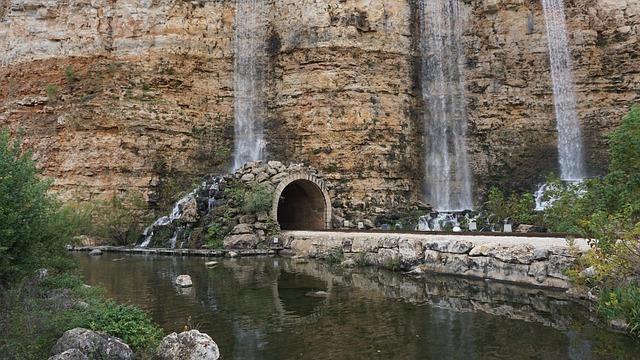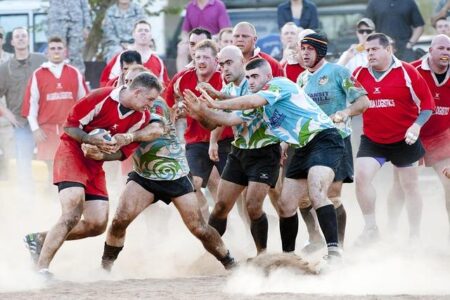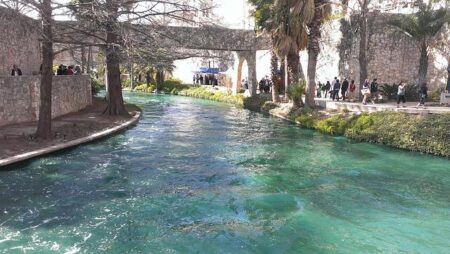San Antonio: The Enduring Legacy of “Military City, USA”
The Historical Roots Behind San Antonio’s Military Identity
San Antonio, Texas, proudly carries the title “Military City, USA,” a reflection of its deep and historic ties to the United States armed forces. This designation stems from over a century of military significance, beginning with its strategic position near the U.S.-Mexico border. The establishment of Fort Sam Houston in 1876 marked the city as a critical military outpost. Over time, this base evolved into a premier center for army operations, medical training, and research. During both World Wars, San Antonio’s military facilities were instrumental in preparing thousands of soldiers and supporting vital defense efforts. This rich military heritage has profoundly influenced the city’s cultural fabric and economic growth.
Several key elements have contributed to San Antonio’s military prominence:
- Hosting major military installations including Lackland Air Force Base and Randolph Air Force Base.
- Being a leader in military medical advancements through the Brooke Army Medical Center.
- Serving as home to one of the largest joint military bases in the country.
- Continuing as a primary training ground for enlisted personnel across all military branches.
Major Military Facilities That Define San Antonio’s Strategic Importance
San Antonio’s military landscape is anchored by several key installations that have shaped its role in national defense. Fort Sam Houston, founded in 1876, remains a vital hub for military medical education and houses the Brooke Army Medical Center, the largest U.S. Army hospital. The creation of Joint Base San Antonio (JBSA) unified Fort Sam Houston with Lackland and Randolph Air Force Bases, forming one of the nation’s most extensive military training complexes. This joint base supports a wide range of operations, from cybersecurity to aviation training and basic military readiness.
- Lackland Air Force Base: Known as the “Gateway to the Air Force,” it is the primary training center for all enlisted Air Force recruits, shaping the future of U.S. air power.
- Randolph Air Force Base: Often called the “Showplace of the Air Force,” it specializes in pilot training and operational support.
- Camp Bullis: A critical site for realistic field training exercises, supporting both active and reserve military units to enhance combat preparedness.
| Installation | Primary Function | Year Founded |
|---|---|---|
| Fort Sam Houston | Medical training and hospital services | 1876 |
| Lackland Air Force Base | Enlisted Air Force training | 1942 |
| Randolph Air Force Base | Pilot training | 1931 |
| Camp Bullis | Field training exercises | 1917 |
Economic and Social Influence of the Military in San Antonio
The military’s presence in San Antonio extends well beyond defense, serving as a cornerstone of the city’s economy and community life. The combined operations of Fort Sam Houston, Lackland, and Brooke Army Medical Center generate tens of thousands of jobs, both military and civilian, and attract billions in federal funding and private sector contracts annually. This economic infusion supports a diverse range of local industries, from hospitality and retail to cutting-edge technology firms, creating a resilient economic ecosystem that has weathered national recessions.
Socially, the military community is deeply woven into San Antonio’s cultural identity. Veterans, active-duty personnel, and their families actively participate in civic programs, educational initiatives, and cultural events that celebrate the city’s military heritage. Public ceremonies, parades, and commemorations foster a strong sense of pride and unity between military members and civilians alike. Key impacts include:
- Employment: Over 90,000 military and civilian jobs linked to defense installations.
- Economic Investment: Billions of dollars in contracts supporting local businesses annually.
- Community Programs: Veteran support services and youth education initiatives.
- Cultural Celebrations: Military heritage events that strengthen community bonds.
| Sector | Impact | Estimated Annual Value |
|---|---|---|
| Employment | Direct and indirect job creation | $4.3 billion |
| Local Business | Military contracts and services | $1.2 billion |
| Community Services | Veteran support programs | Thousands served |
Strategies to Sustain and Celebrate San Antonio’s Military Heritage
To preserve and enhance San Antonio’s distinguished military legacy, it is essential to adopt forward-thinking approaches that engage both residents and visitors. Embracing digital innovations, such as virtual reality tours of historic military sites, can broaden access and interest worldwide. Integrating military history into local school curricula will nurture a sense of pride and awareness among younger generations, ensuring the city’s heritage remains vibrant.
Community involvement is equally vital. Expanding annual military-themed events-such as reenactments, parades, and veteran commemorations-can boost tourism and deepen local engagement. Investment in infrastructure and partnerships with defense contractors and veteran organizations will further strengthen these efforts. Recommended initiatives include:
- Modernizing Military Museums: Incorporate interactive multimedia exhibits to enhance visitor experience.
- Developing Heritage Trails: Create well-marked walking and biking routes connecting key military landmarks.
- Fostering Public-Private Collaborations: Engage local businesses and veteran groups in heritage promotion.
- Oral History Projects: Document personal stories from veterans and military families to preserve firsthand accounts.
Final Thoughts
San Antonio’s enduring nickname, “Military City, USA,” is more than a title-it encapsulates a profound and ongoing relationship with the U.S. military that has shaped the city’s economy, culture, and community spirit. From historic forts to modern joint bases, San Antonio continues to play a vital role in national defense and veteran support. By honoring and advancing this legacy, the city ensures that its identity as a military stronghold remains a defining and celebrated part of its story for generations to come.




